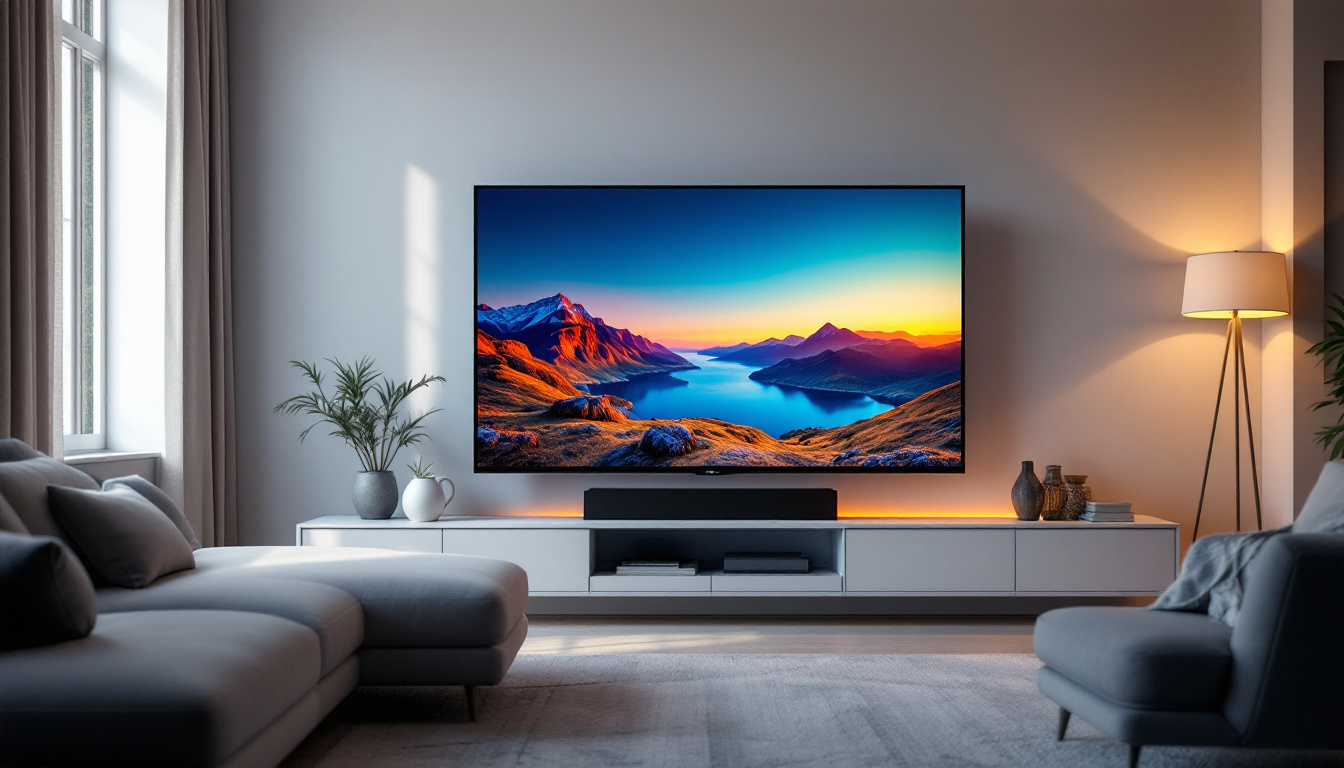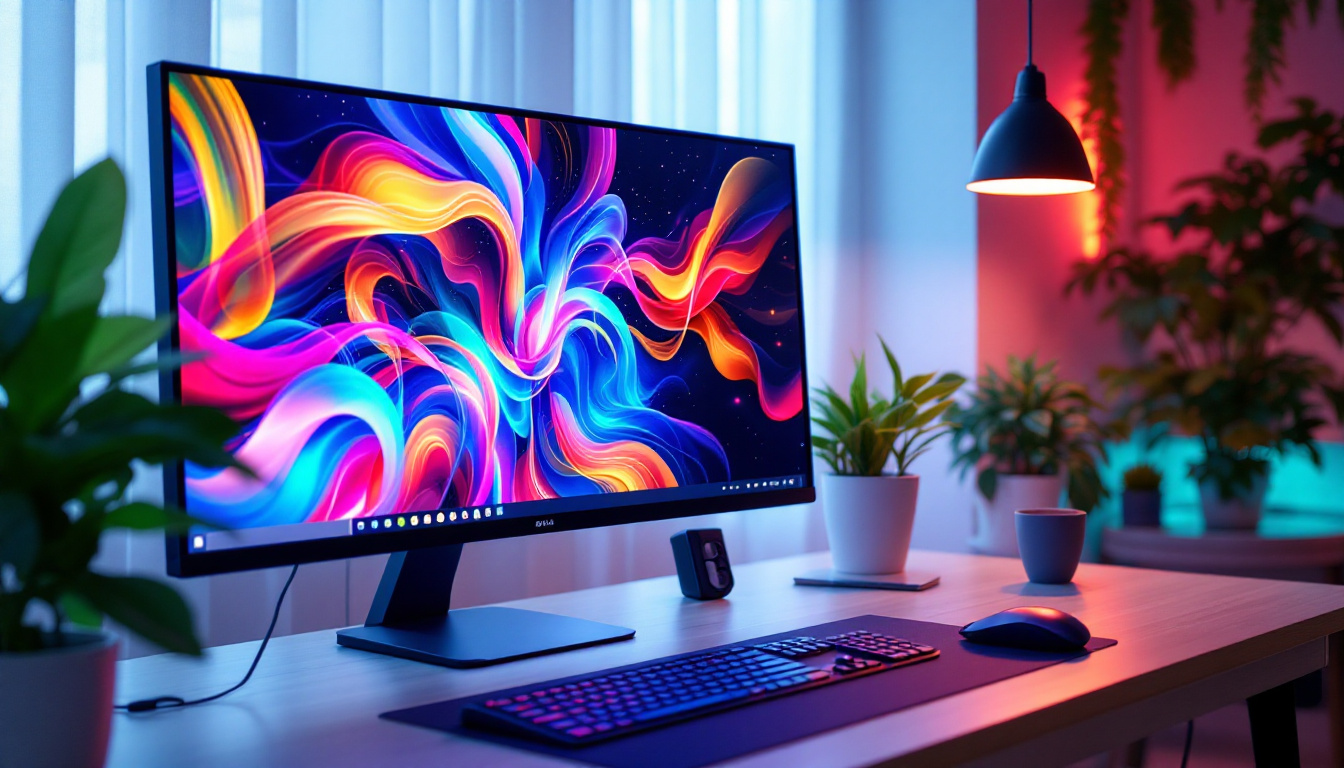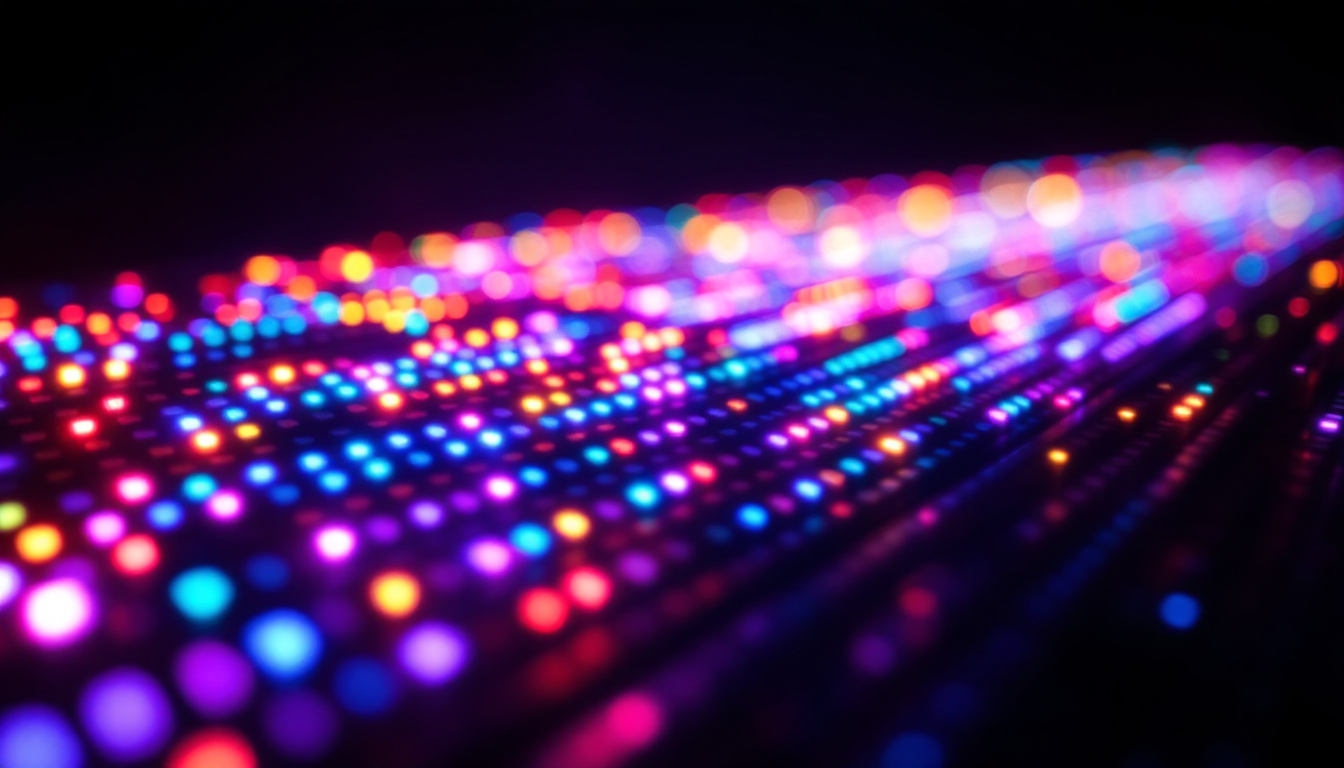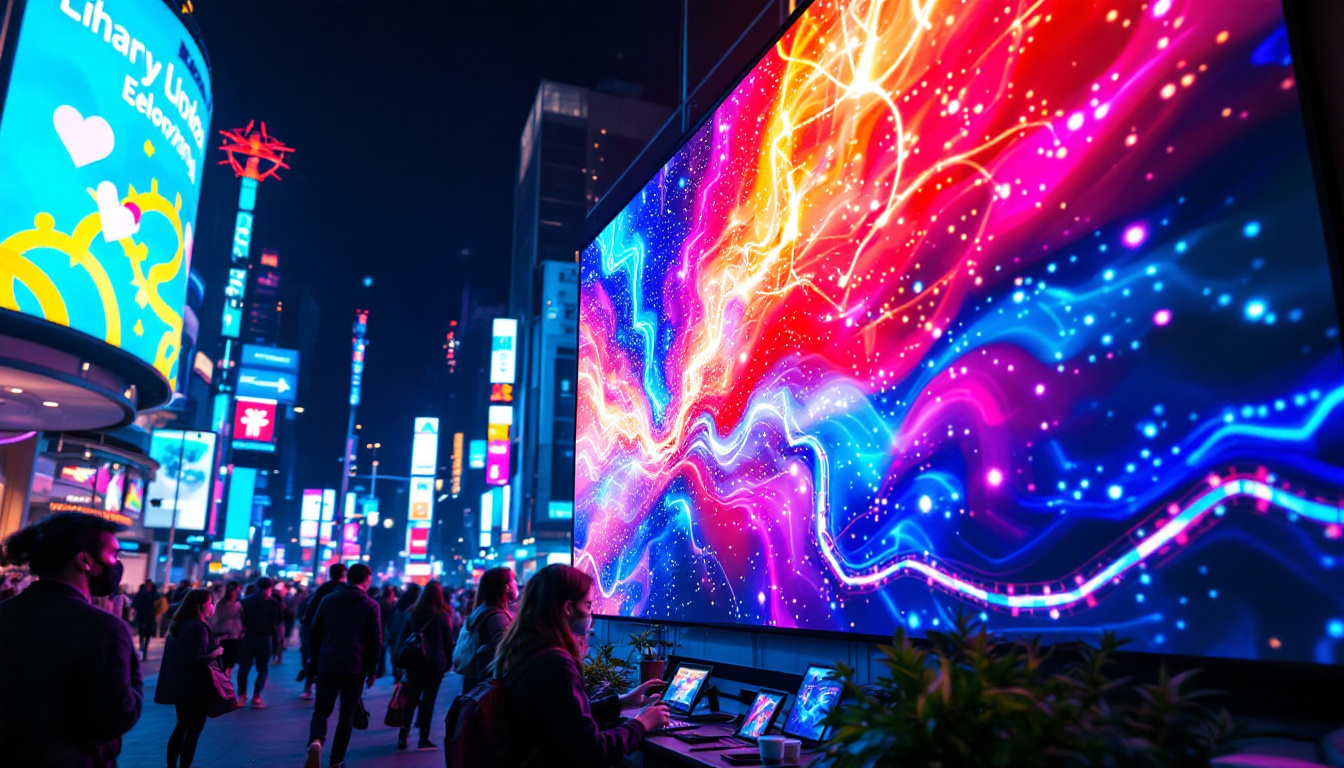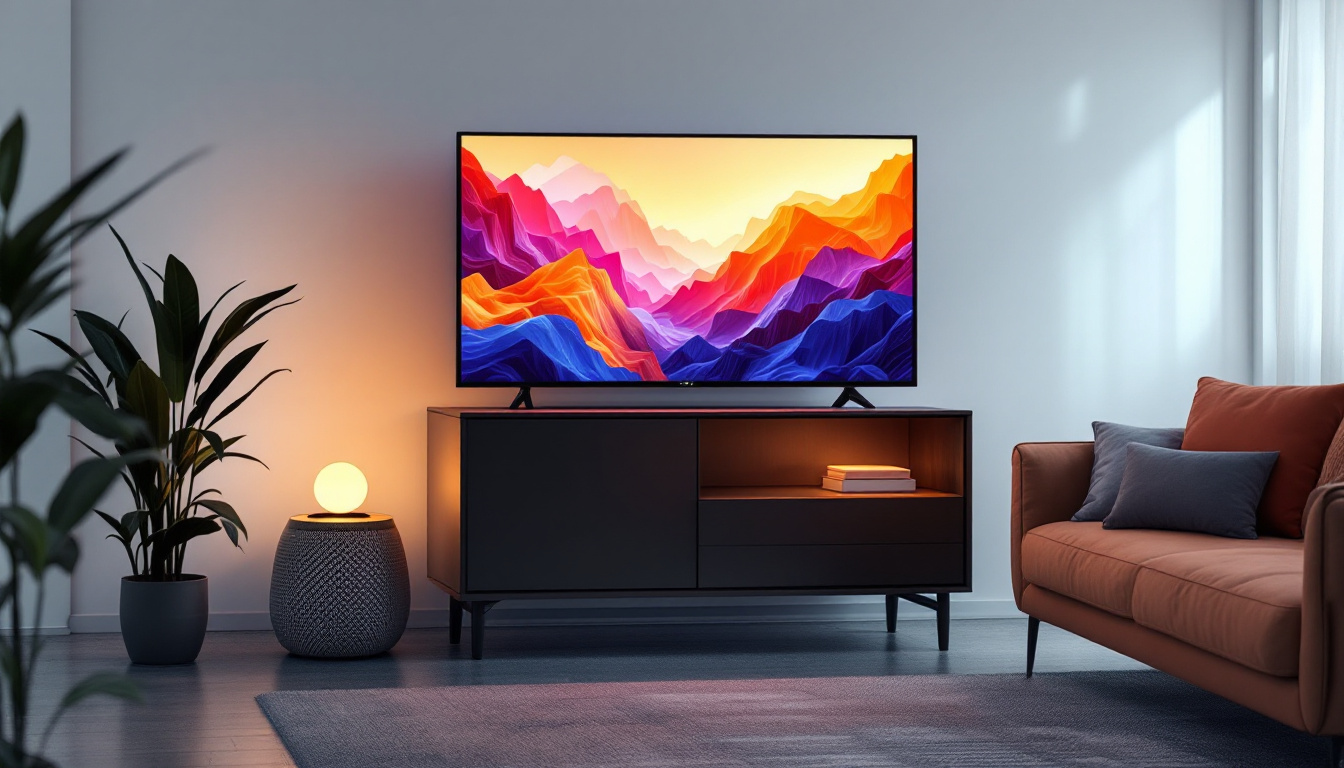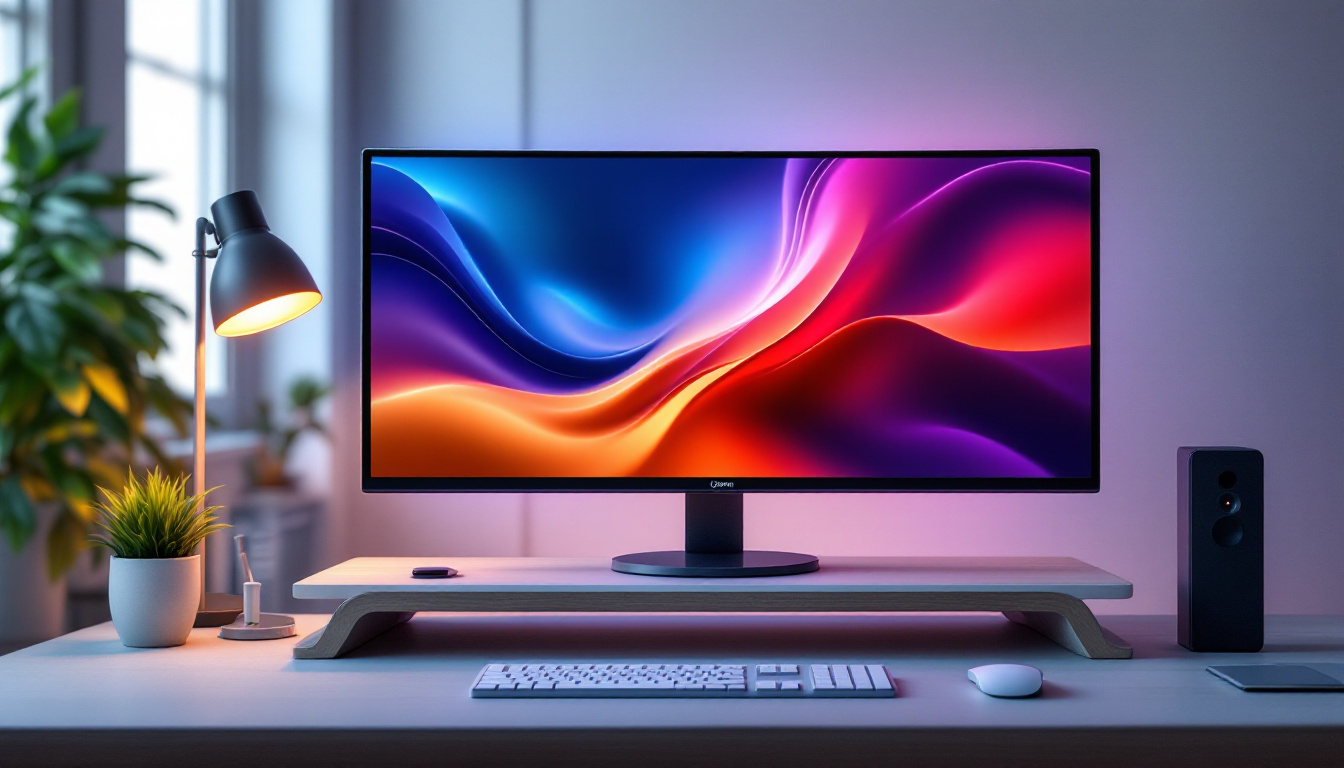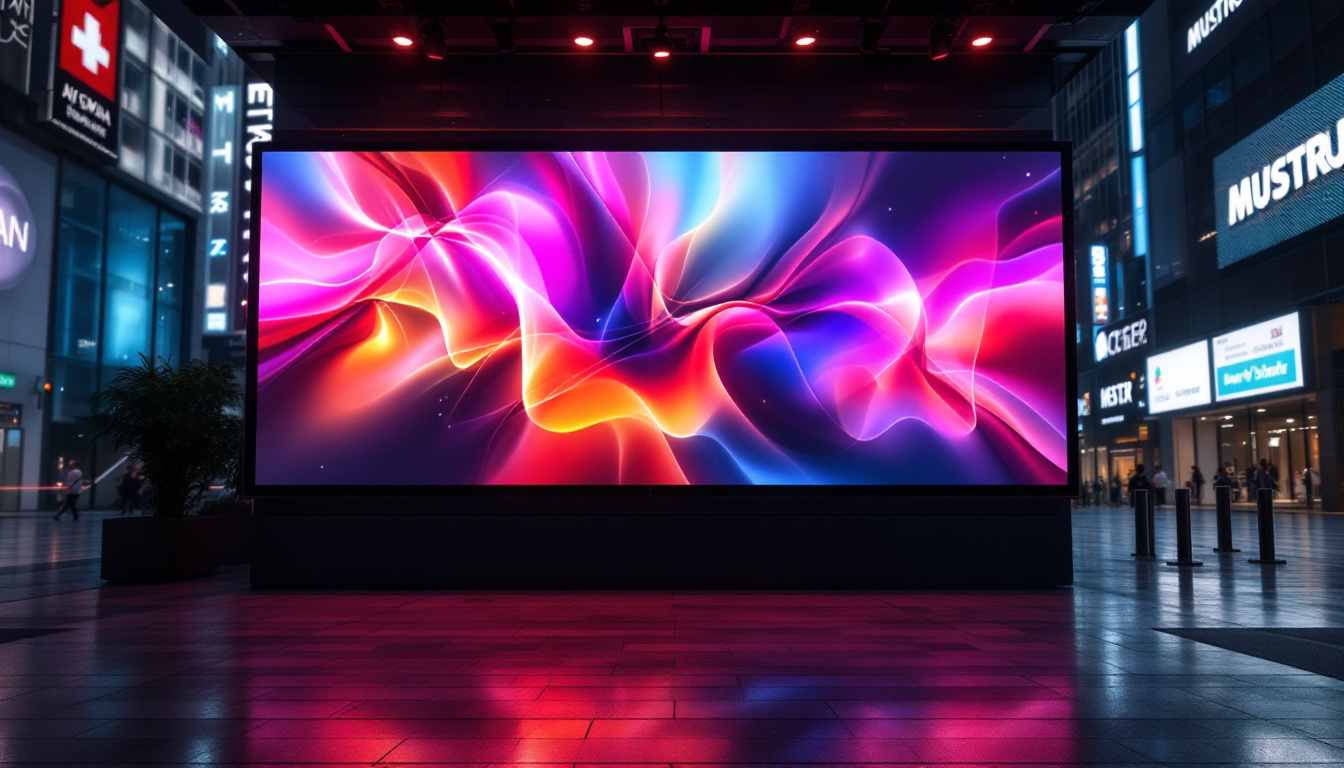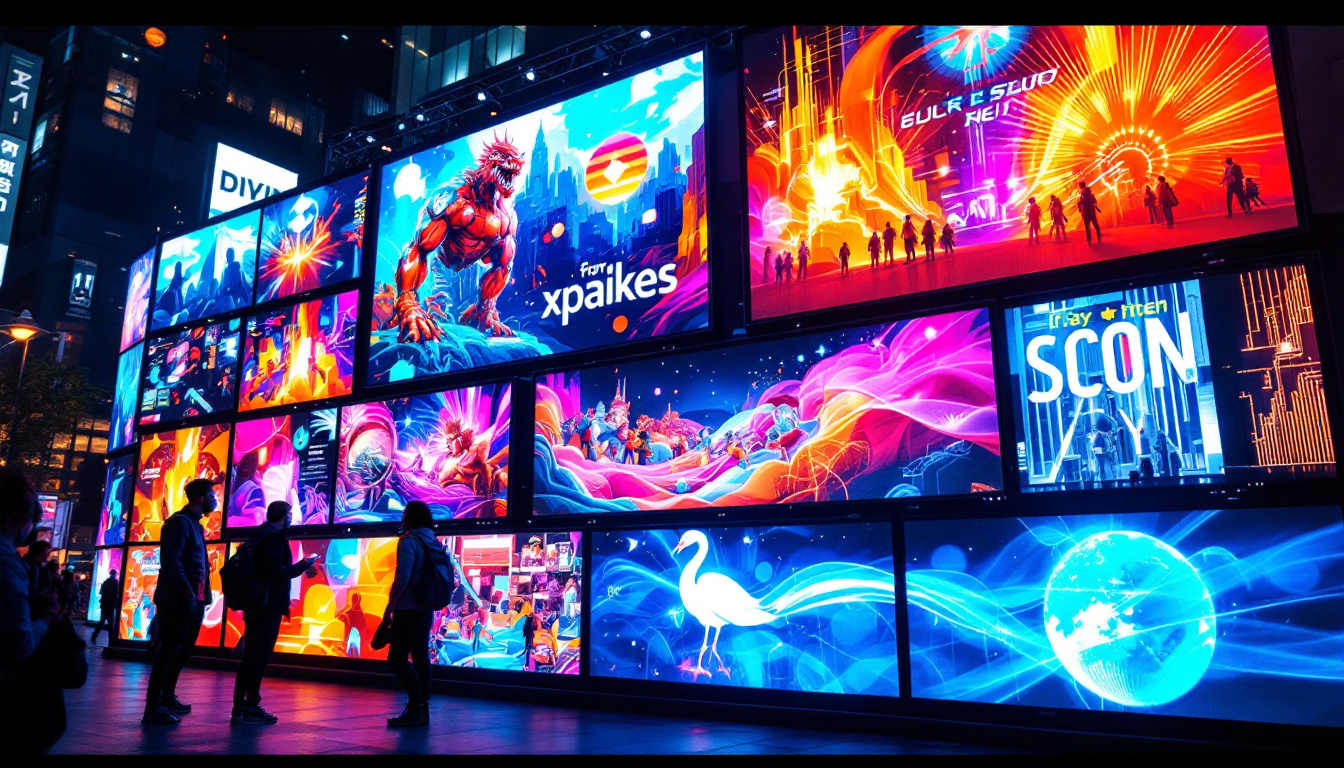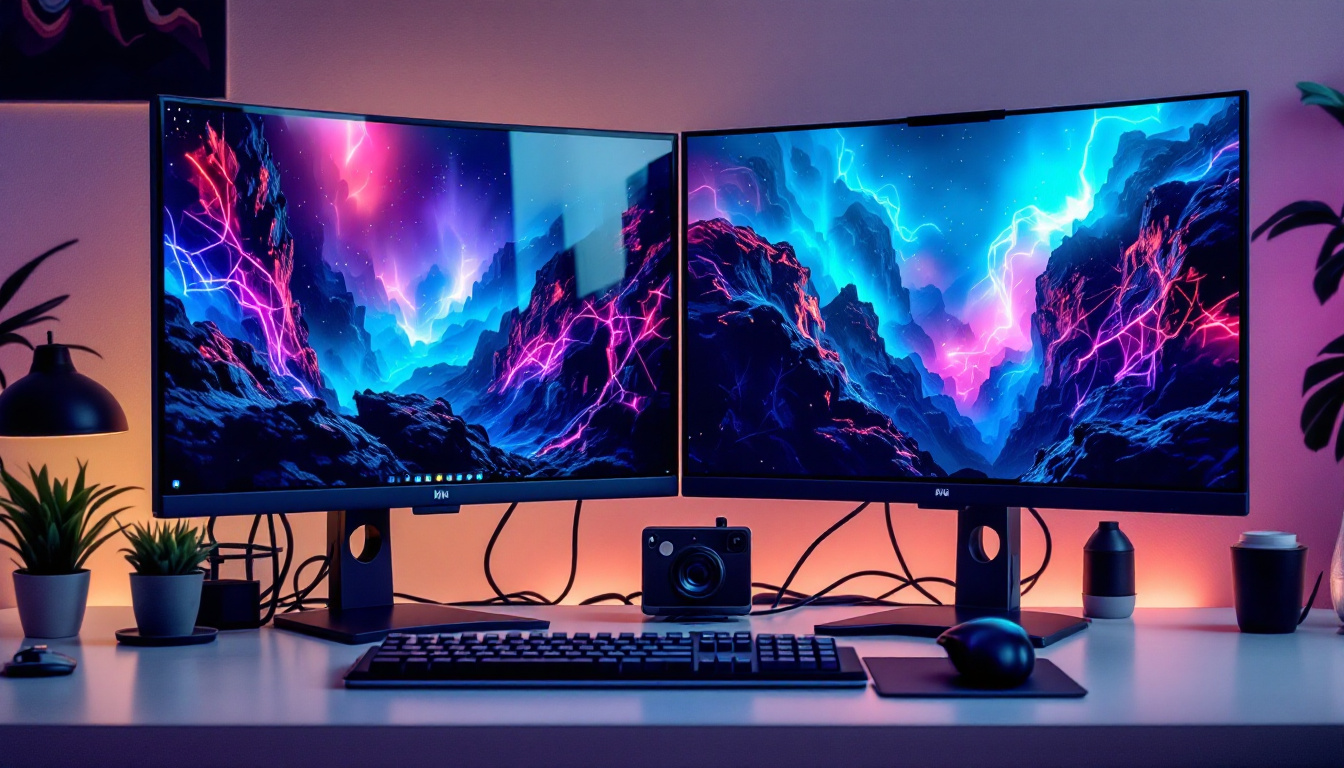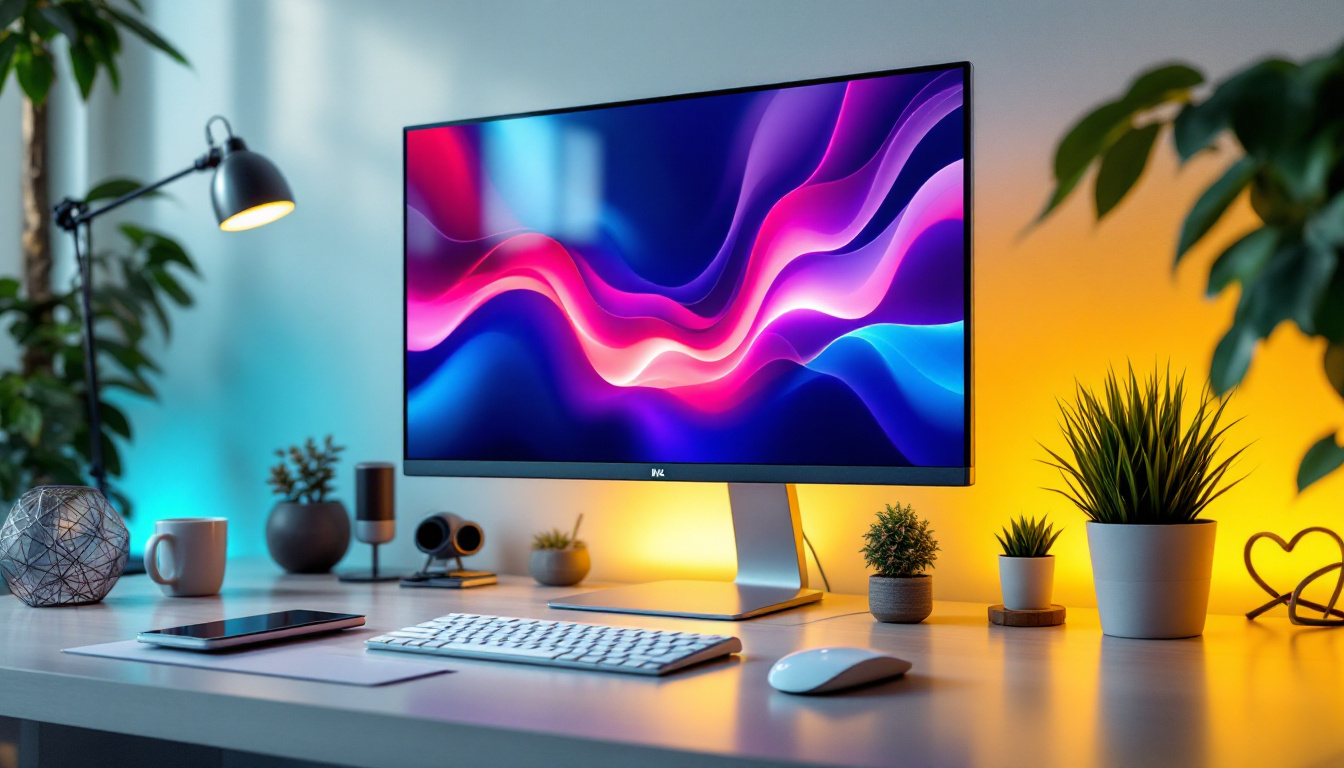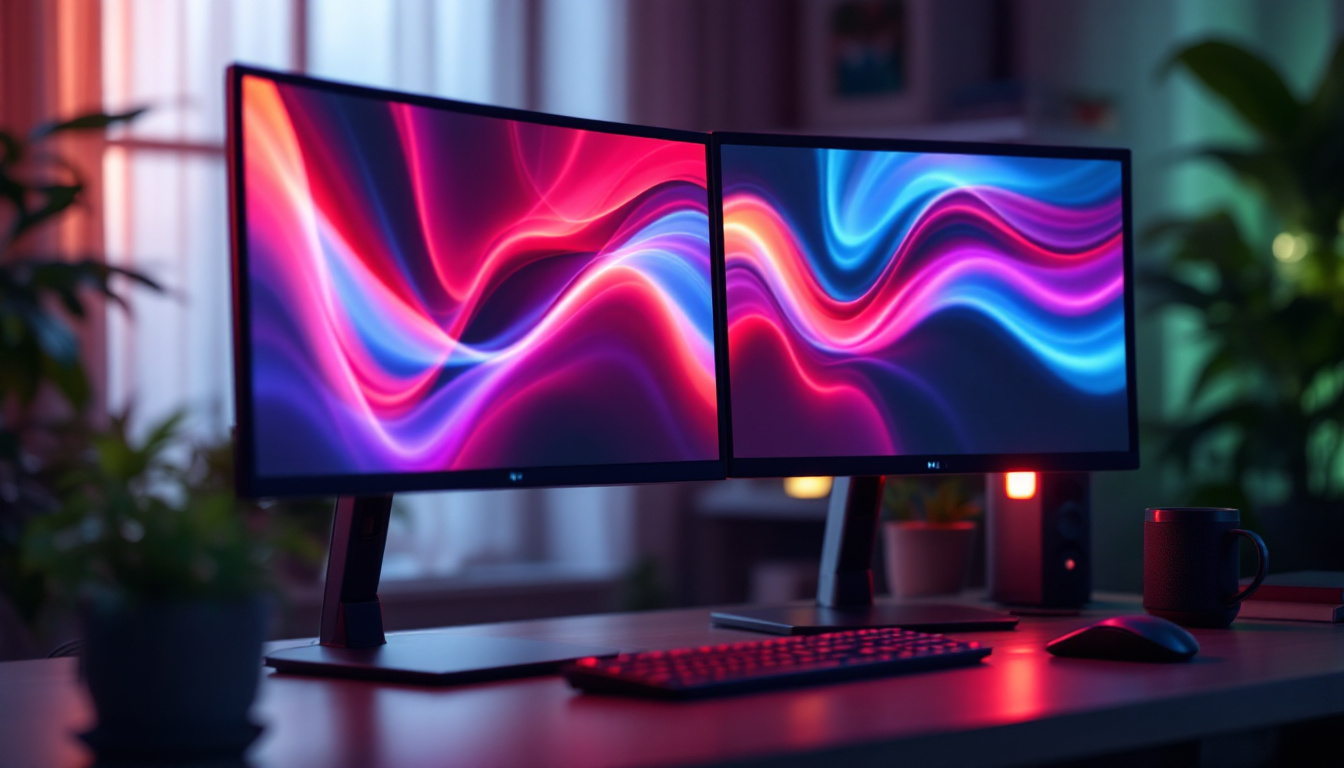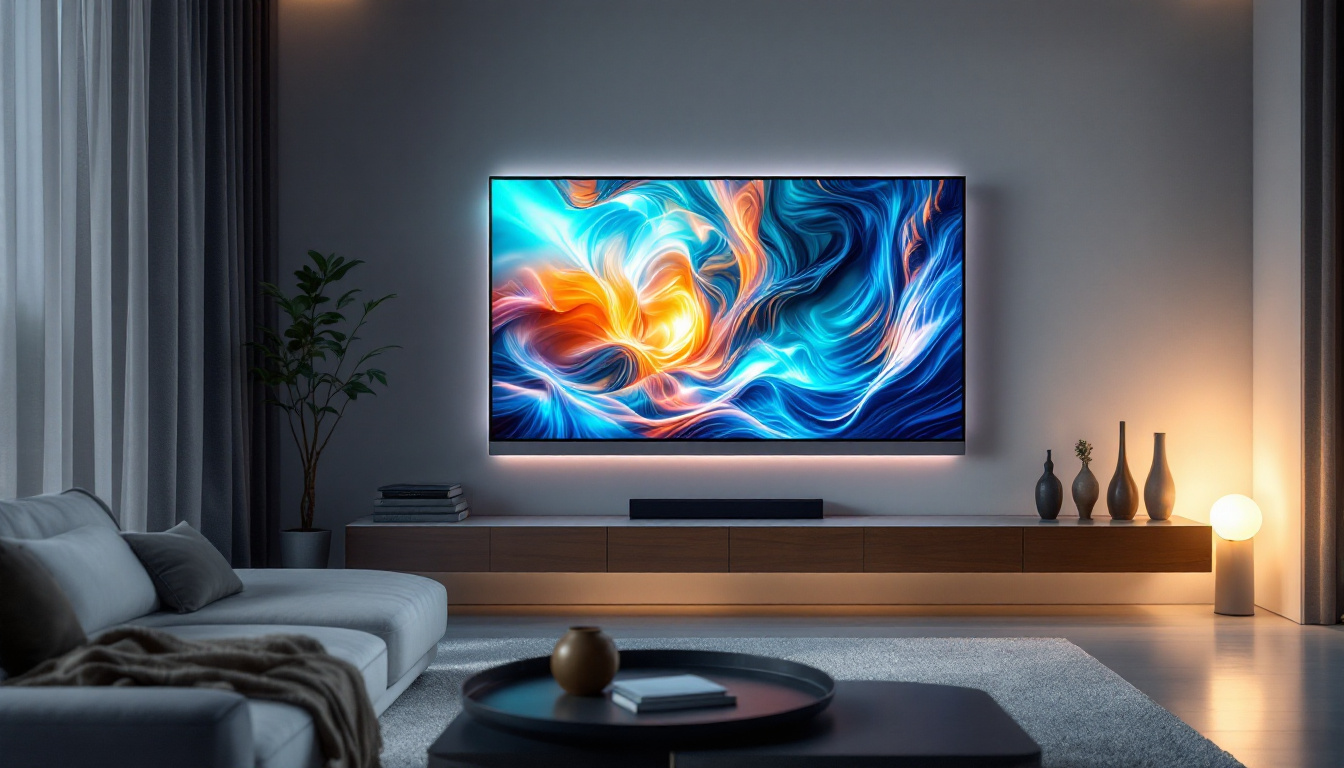Introduction to LED Displays
In the world of television technology, LED displays have emerged as a popular choice for consumers seeking high-quality visuals and energy efficiency. These displays utilize light-emitting diodes (LEDs) to produce images, offering vibrant colors and sharp contrasts. As floor model TVs become available for sale, understanding the intricacies of LED technology can help consumers make informed decisions.
LED displays are not just about aesthetics; they also play a significant role in enhancing the viewing experience. This article will delve into how LED displays work, their advantages, and what to consider when purchasing a floor model TV.
At the heart of LED technology is the ability to control individual pixels with precision, resulting in deeper blacks and brighter whites. This is achieved through various methods, such as local dimming, which allows certain areas of the screen to be dimmed or brightened independently. This capability not only improves the overall picture quality but also enhances the contrast ratio, making scenes in movies and shows more immersive. Furthermore, advancements in LED technology, such as Quantum Dot and OLED integration, have further pushed the boundaries of color accuracy and brightness, making modern LED displays a top choice for cinephiles and gamers alike.
Moreover, LED displays are designed with energy efficiency in mind. Compared to traditional LCD or plasma screens, they consume significantly less power, which not only benefits the environment but also reduces electricity bills for consumers. This aspect is particularly appealing in an age where sustainability is a growing concern. Additionally, many LED TVs come equipped with smart technology, allowing users to access streaming services and apps directly from their screens, further enhancing their functionality and appeal. As consumers navigate the market for floor model TVs, understanding these features can provide a competitive edge in selecting the perfect display for their home entertainment needs.
How LED Displays Work
The Basics of LED Technology
At the core of LED display technology is the use of tiny light-emitting diodes that illuminate the screen. Unlike traditional LCDs that use fluorescent backlighting, LED TVs can either be edge-lit or backlit, allowing for greater control over brightness and contrast. Edge-lit models place LEDs along the edges of the screen, while backlit models have a grid of LEDs behind the display, providing more uniform lighting.
When an image is displayed, the LEDs emit light in varying intensities, creating the desired colors and brightness levels. This capability allows for deeper blacks and brighter whites, enhancing the overall picture quality. Additionally, many LED TVs incorporate technologies like local dimming, which further improves contrast by dimming specific areas of the screen. This means that during dark scenes, the LEDs can reduce their brightness in those areas while keeping brighter sections illuminated, resulting in a more dynamic and immersive viewing experience.
Moreover, LED displays are known for their energy efficiency compared to older technologies. They consume less power, which not only reduces electricity bills but also contributes to a smaller carbon footprint. This aspect of LED technology has made it a popular choice among environmentally conscious consumers. As manufacturers continue to innovate, we can expect even more energy-efficient models that maintain high performance while being gentle on the planet.
Types of LED Displays
LED displays come in various types, each with its unique characteristics. The most common types include:
- Standard LED: This is the most basic form, using edge or backlighting without any additional enhancements.
- QLED: Quantum Dot LED TVs utilize quantum dots to enhance color accuracy and brightness, providing a more vivid viewing experience.
- OLED: While technically different, OLED (Organic LED) displays are often compared to LED TVs. They use organic compounds to emit light, allowing for even better contrast and color performance.
Understanding these types can help consumers choose the right floor model TV that suits their viewing preferences and environment. For instance, QLEDs are particularly favored for bright rooms due to their superior brightness and color volume, making them ideal for daytime viewing. On the other hand, OLEDs excel in dark environments where their ability to display true blacks can significantly enhance the cinematic experience. Additionally, some newer models are beginning to incorporate hybrid technologies that combine the best features of both LED and OLED, promising even more options for consumers looking to elevate their home entertainment systems.
Advantages of LED Displays
Energy Efficiency
One of the most significant advantages of LED displays is their energy efficiency. Compared to traditional LCD or plasma TVs, LED TVs consume less power, making them an environmentally friendly option. This efficiency not only reduces electricity bills but also contributes to a smaller carbon footprint.
With many consumers becoming increasingly conscious of energy consumption, LED TVs offer a sustainable solution without compromising on performance. This is particularly important for those who spend long hours watching television or use their TVs as a central entertainment hub.
Picture Quality
LED displays are renowned for their superior picture quality. The ability to produce bright images with high contrast ratios means that viewers can enjoy a more immersive experience. Colors appear more vibrant, and details in darker scenes are more visible, enhancing the overall viewing experience.
Moreover, advancements in LED technology, such as HDR (High Dynamic Range), have further improved picture quality. HDR allows for a wider range of colors and brightness levels, making images look more realistic and lifelike.
Longevity and Durability
LED TVs are designed to last longer than traditional display technologies. The solid-state nature of LEDs means they are less susceptible to burn-in and other issues that can plague older technologies. This durability makes LED TVs a wise investment, especially for consumers looking for a long-term solution.
Additionally, many manufacturers offer warranties and support for their LED TVs, providing peace of mind for consumers concerned about longevity and performance.
Considerations When Buying a Floor Model TV
Screen Size and Viewing Distance
When purchasing a floor model TV, one of the first considerations should be screen size. The ideal size often depends on the viewing distance from the screen. Generally, the larger the screen, the further away viewers should sit to avoid eye strain and enjoy the best picture quality.
A common guideline is to sit at a distance of 1.5 to 2.5 times the diagonal size of the screen. For example, if considering a 55-inch TV, the optimal viewing distance would be between approximately 6.5 to 11.5 feet.
Resolution and Picture Quality
Resolution plays a crucial role in the quality of the viewing experience. Most modern LED TVs come with at least Full HD (1080p) resolution, but many now offer 4K (2160p) options, which provide four times the detail of Full HD. This increased resolution is particularly beneficial for larger screens, where the difference in clarity becomes more noticeable.
Additionally, consumers should consider features like HDR support, which can significantly enhance picture quality by providing a broader range of colors and contrast. When evaluating floor model TVs, it’s essential to compare these specifications to ensure the best choice.
Setting Up Your LED TV
Optimal Placement
Once the floor model TV has been purchased, the next step is setting it up for optimal viewing. Placement is critical; the TV should be positioned at eye level when seated to reduce neck strain. Wall mounting is an option for those looking to save space and achieve a modern aesthetic.
Additionally, consider the room’s lighting. LED TVs perform best in environments with controlled lighting, as excessive glare can detract from the viewing experience. Using curtains or blinds can help manage natural light, ensuring a more enjoyable experience.
Calibration for Best Performance
Many consumers overlook the importance of calibrating their TV settings for optimal performance. Out of the box, LED TVs may not be set to their best picture settings. Adjusting brightness, contrast, color saturation, and sharpness can significantly improve the viewing experience.
For those unfamiliar with calibration, many online resources and guides are available, or professional calibration services can be hired to ensure the TV is set up to deliver the best possible picture quality.
Maintenance and Care for LED TVs
Cleaning Your TV
Maintaining the cleanliness of an LED TV is essential for longevity and performance. Dust and fingerprints can accumulate on the screen, affecting picture quality. To clean an LED screen, use a microfiber cloth and a gentle cleaning solution designed for electronics.
It’s important to avoid harsh chemicals or abrasive materials that could damage the screen. Regular cleaning can help maintain the clarity and vibrancy of the display, ensuring a consistently enjoyable viewing experience.
Software Updates
Modern LED TVs often come with smart features, allowing users to access streaming services and apps. Keeping the TV’s software updated is crucial for optimal performance and security. Manufacturers frequently release updates that enhance functionality and fix bugs.
Checking for updates regularly can ensure that the TV operates smoothly and takes advantage of the latest features. Most TVs will notify users when an update is available, but it’s good practice to check periodically.
Conclusion
LED displays have revolutionized the television industry, offering consumers high-quality visuals, energy efficiency, and durability. When considering a floor model TV for sale, understanding the technology behind LED displays, their advantages, and how to set them up can significantly enhance the viewing experience.
By taking the time to evaluate options based on screen size, resolution, and placement, consumers can ensure they select a TV that meets their needs. With proper care and maintenance, an LED TV can provide years of enjoyment, making it a worthwhile investment for any home entertainment setup.
Discover LumenMatrix LED Display Solutions
Ready to elevate your home entertainment with the latest in LED technology? Look no further than LumenMatrix, a pioneer in crafting exceptional LED display modules that bring your viewing to life. Whether you’re in the market for an Indoor LED Wall Display, an immersive Floor LED Display, or any of our other innovative solutions, LumenMatrix is here to transform your visual experience. Check out LumenMatrix LED Display Solutions today and step into a world where clarity, color, and performance meet energy efficiency and design.

